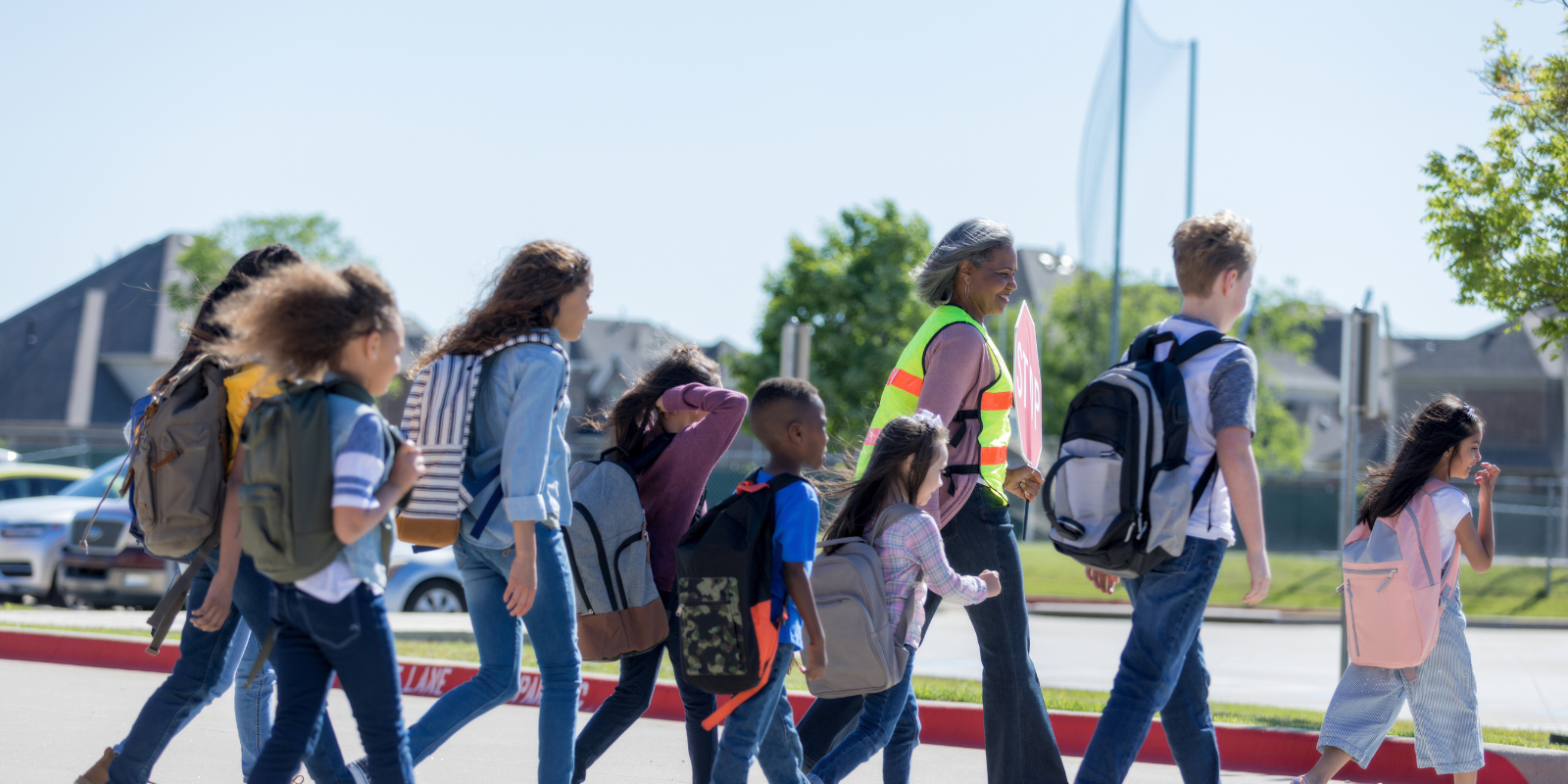Two general surgery residents at the University of Colorado School of Medicine — Margot DeBot, MD, and TJ Schaid, MD — placed first and second, respectively, in the District 8 regional competition for the 2022 American College of Surgeons’ Committee on Trauma Paper Competition in early December. DeBot and Schaid are both T32 NIH research fellows in the CU Trauma Lab.
DeBot, who will present her research at the Committee on Trauma’s national conference in March, took first place in the basic science category for her paper and presentation “Shock Induces Vascular Endothelial Permeability After Traumatic Injury Through Breakdown of Endothelial Junctions Mediated Via Decreased Rac1/RhoA Activation Ratio.” It is based on her research into the relationship among coagulation, inflammation, and immune response after trauma.
“We used to view those as three separate things, but we actually found that they are all related,” says DeBot, whose research focuses on the crosstalk between inflammation and coagulation in trauma patients. “After trauma, you get an overactivation of the immune response. That can cause problems with coagulation or blood clotting, but it also can cause a leakiness of your blood vessels that we call endothelial permeability. And that's a problem. If a patient needs a blood transfusion, the blood products we’re giving them aren't necessarily staying where we want them to and when they leak into their tissues, they can cause organ failure. It's like trying to fill a bucket with holes in it.”
DeBot began her research studying why endothelial permeability happens, and along the way found a specific mechanism, activated by trauma, that can be treated with existing medications. She and her fellow researchers are now testing those treatments on blood samples taken from trauma patients with the condition.
“One of them treats multiple sclerosis, and other is in phase III trials for stroke, and these two medications can get right at the root of this problem,” she says. “They can balance inflammation and potentially fix the blood vessel permeability. It’s been rewarding researching why patients get so sick after traumatic injuries, but it’s really exciting when we actually find drugs that we can test in models of trauma and potentially use to treat our patients.”
DeBot is quick to thank the Trauma Lab researchers who came before her and first identified the crosstalk between coagulation and inflammation.
“I was really lucky, because the groundwork has really been laid in this lab over a number of years,” she says. “Previous residents like me, who came into the lab for a couple of years, have worked on this problem, and there’s a big group in the Trauma Research Center who have been working together to identify this problem. I’ve been fortunate to work with a lot of really smart people.”
Dangers of hemolysis
Schaid placed second in the basic science category for his paper “Trauma Induces Hemolysis, which is Associated with Worse Clinical Outcomes: Potential Role of Released Arginase-1, Depletion of L-arginine, and Reduced Production of Nitric Oxide.”
Like DeBot, Schaid studies the effects of trauma on blood and how it contributes to the organ dysfunction trauma patients develop — with this study, particularly how trauma contributes to hemolysis, or the destruction of red blood cell membranes, causing the cells to break apart.
“The red blood cells break apart, and the release of everything that's inside of the red blood cells can wreak havoc and cause bad reactions downstream,” says Schaid, who found that hemolysis even extends to transfused blood in trauma patients. “My project was looking at what can happen after hemolysis in trauma, but it also raises important questions about why this happens in the first place. There’s something in the blood of trauma patients that predisposes their red cells to break up, and we’re working on figuring out what that is.”
The next step in Schaid’s research is to explore the role of the complement system — a part of the innate immune system — in hemolysis in trauma patients. Once researchers better understand what mediates this trauma-induced hemolysis, he says, they can begin studying ways to prevent it from happening and improve outcomes for trauma patients.
Schaid says he was thrilled with his second-place finish in the paper competition.
“I was so humbled by it, because there were so many other good talks in the competition,” he says. “From both a clinical and basic science standpoint, any of us could have won, and all of our work will contribute to better care for trauma patients. I was just really impressed by all the presentations.”


.png)

